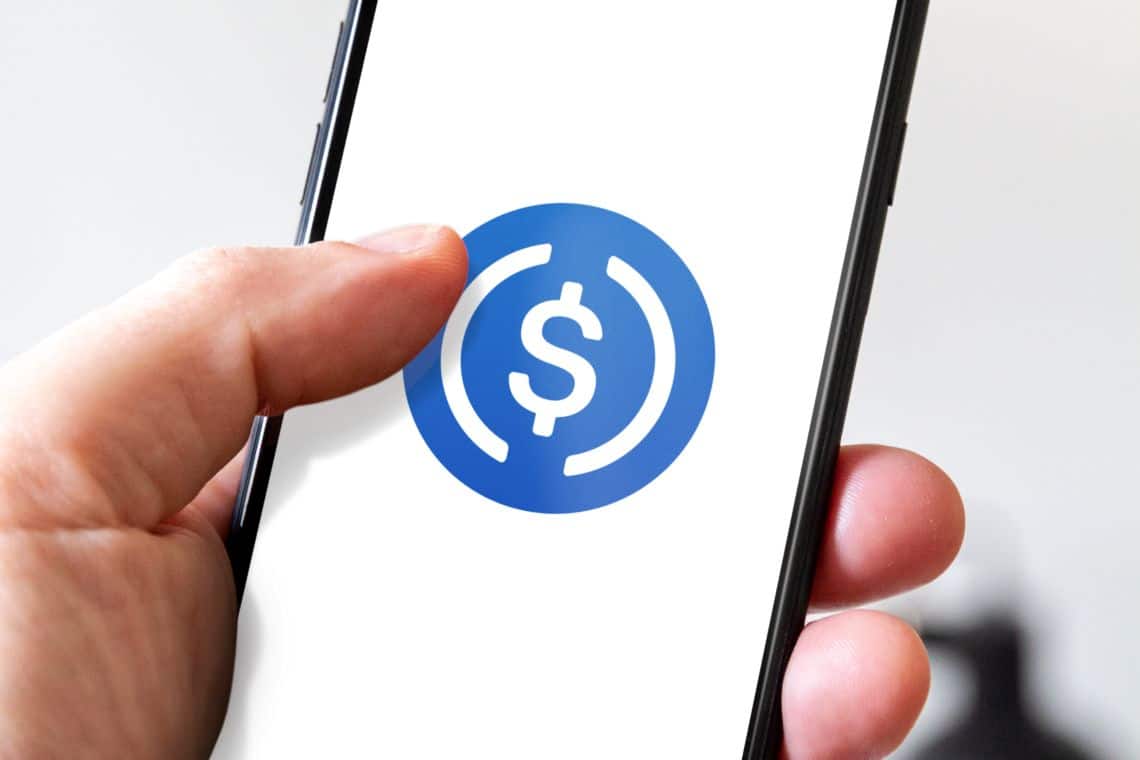The Centre Consortium, which oversees the issuance of USD Coin (USDC), has revealed that it intends to convert all stablecoin reserves to cash and Treasury.
Summary
The composition of USDC reserves
In fact, in a recent post on the official blog, they reveal that as of May 2021, Circle’s reserves have been extended to include assets other than cash or cash equivalents.
Circle is, along with Coinbase, the founder of the Centre Consortium and is involved in the USDC issuance system. The company provided a detailed description of the composition of the reserves in July but then announced that it would only maintain stablecoin reserves in cash and short-term US Treasury bonds.
In theory, for every single USDC token issued, there should be one US dollar available to return to its holders should they decide to exchange it.
That is, it should be possible at any time for any USDC holder to exchange them into USD at par, at a 1:1 exchange rate.
In reality, someone rarely decides to change a USDC into USD by returning it to the issuer. At the same time, they are usually exchanged directly on common cryptocurrency exchanges, in a sort of “secondary market” of stablecoins.
Also because USDC tokens are rarely withdrawn from the market. On the contrary, the market capitalization clearly shows a continuous growth of USDC tokens on the markets. Suffice it to say that it went from 1.3 billion to 27 billion in just one year, and since this stablecoin was put on the market in October 2018, it has gone from 0.024 billion to a peak of 28 billion about ten days ago.
Indeed, in the last ten days, the supply of USDC in the markets has shrunk by a billion units, but this is only a 3.5% change that happened after a massive and swift growth.
USDC, the second stablecoin of the market
USDC is by far the second stablecoin globally by market capitalization, second only to the 65 billion USDt in circulation. However, by trading volume, it is third, surpassed by BUSD of Binance.
However, this stablecoin, USD Coin, is different from the others because it was developed to be an open-source project that integrates seamlessly within the US regulatory framework, including money transmission regulations, and uses established banks and auditors for greater transparency.
USDC’s reserve selection follows state regulations and is guided by Centre’s Reserve Management Policy, an updated version of which will be posted on their website.
USD Coin vs. Tether
This recent move by Circle is likely an attempt to gain an advantage over its competitors, particularly over Tether, which has never hidden that it only keeps a small portion of its USDt reserves in cash or cash equivalents.
Given that the growth of USDC market capitalization in the last 12 months has been higher than USDt’s, although it is still decidedly distant, especially in terms of exchange volumes, Circle and Coinbase may aim to carve out an even bigger slice of the market share in the stablecoin sector, trying to convince users to use USDC instead of USDt thanks to the fact that they have 100% cover in cash or equivalent, unlike their competitor.
However, it must be said that doubts about Tether’s logic of not keeping all stablecoins in cash or equivalents never seem to have discouraged users from using USDt, so it’s doubtful that Circle’s move will crunch away an important slice of the market from the competition.




